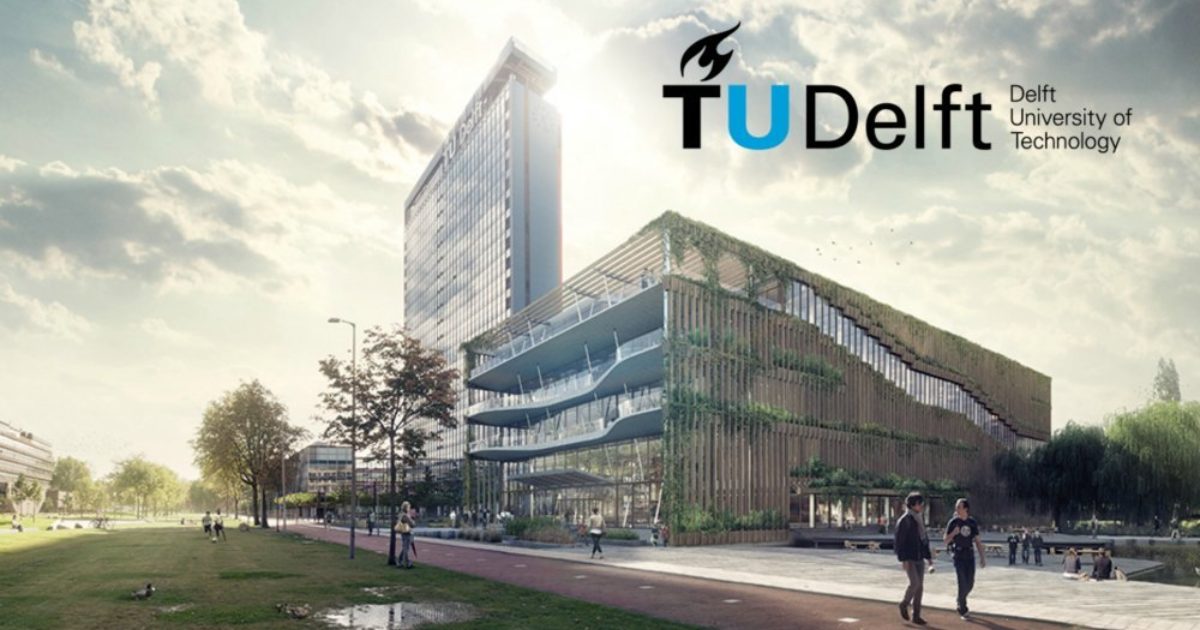TU Delft: Rain Showers grow in size and intensity
Higher temperatures along with an increase in water vapor amount in the atmosphere leads to larger and more intense rain showers. This is the main conclusion from the phD research of Kai Lochbihler, that he has conducted at KNMI in collaboration with the TU Delft. Today he will defend his thesis, here at the TU Delft.
Extreme precipitation can cause flash floods, substantial economic damage, and are a threat to human lives as the events in July this summer in Germany, Belgium and The Netherlands showed. The number and intensity of such events has been increasing over the last decades in many parts of the world over land. This can, to a large part, be attributed to the fact that the atmosphere can hold 7% more water vapor per degree warming. Yet, recent studies show that the most extreme rain events are increasing with even higher rates up to 14% per degree warming.
Facing ongoing climate change makes it particularly important to understand the physical processes behind convective rain phenomena and how these rain systems respond to increased temperatures. During his Phd research, Kai Lochbihler used high-resolution rain radar observations and a high-resolution simulation model to find the underlying reasons for the increase of rain intensities under present-climate temperature variations as well as under future warmer climate conditions. The results of this study are univocal in that higher temperatures and a coinciding increase in moisture availability favor the formation of extreme convective storms that have higher intensities and are larger in size.
Moreover, it is found that the number of the most extreme and largest rain events increases at the cost of smaller and weaker events. This indicates that storms occur in more organized clusters under warmer and moister conditions. Further investigation reveals that cloud-cloud interactions through so-called cold pools are the main cause of the shift towards more organized rain systems.. Cold pools are generated by the evaporation of falling rain drops in downdrafts and result in a relatively cool air mass that spreads out horizontally at the surface underneath a cloud over tens of kilometers. This cold air that spreads out causes uplift of air downstream, especially where multiple cold pools collide with eachother. This process can trigger new convective events but also transports and accumulates moisture in remote areas. These dynamics, together with the increased water holding capacity of the atmosphere with temperature, form a feedback loop which explains the observed, unexpectedly high response of convective precipitation extremes to warming.

